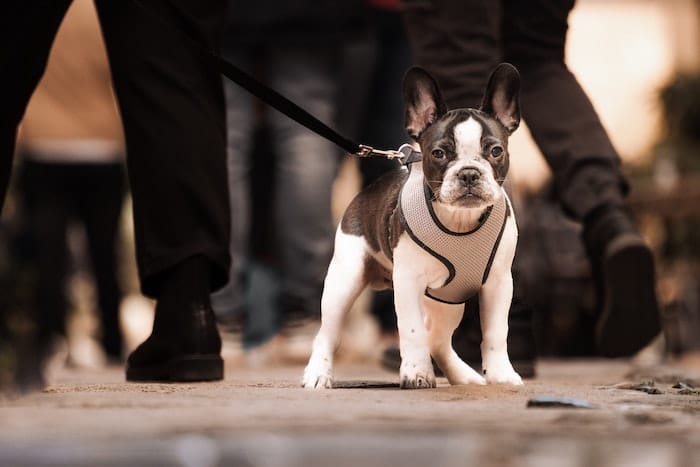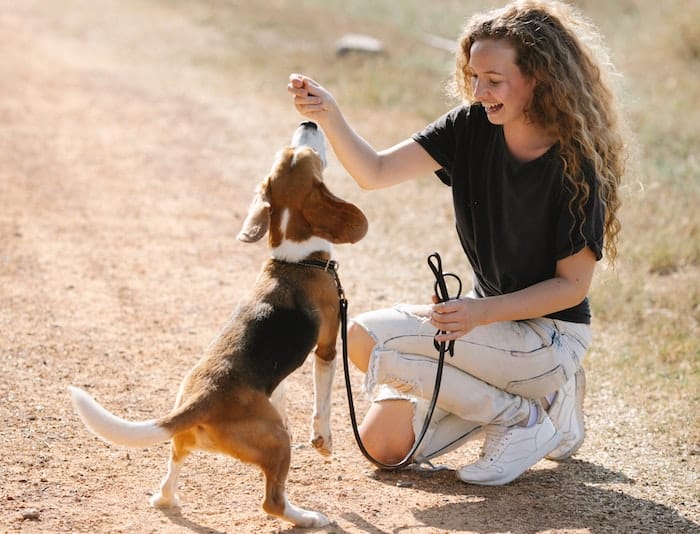Is your dog headstrong and aggressive? Does the pet always do things its way, no matter what you try to teach? Are they always getting into mischief? If so, you’re not alone.
Many dog owners struggle with training a highly aggressive dog, but there’s hope. However, understand that different breeds come with different challenges. Here are six tips to help you train your temperamental dog safely:
Equip Yourself Adequately
Training an aggressive dog without adequate knowledge, skills, and experience is dangerous; you might get injured. Equip yourself with the necessary tools and resources. Have a strong lead, muzzle, and treats ready. Make sure the collar or harness fits properly.
Halo Collar offers more info on ideal collars for aggressive dogs or those that wander off often. It’s also a good idea to sign up for a class or consult with a professional trainer.
Establish Yourself As the Alpha
Your dog must see you as the pack’s leader. They need to know you’re in charge and have to listen to you. The best way to do this is through calm assertiveness. It means being firm but gentle.
Avoid being too aggressive, as it will only escalate the situation. Don’t use physical force, as it can make the problem worse. Your dog will eventually listen to you when you’re consistent with your commands and make it clear you’re in charge.
Use Positive Reinforcement Training
Positive reinforcement is one of the best ways to train any dog, including a temperamental one. It means rewarding your pet whenever they complete a command. It could be with a treat, petting, or even verbal praise.
Give the reward immediately after the display of the desired behavior. Doing so helps your dog understand what it did was good, encouraging it to repeat the behavior. To achieve this, understand your pet’s preferences, love language, and energy levels.
Besides, ensure the dog is happy, well-nourished, and living its best life. A healthy dog is happy and easier to train. Carry out the sessions at the dog’s pace and take breaks when needed for a positive experience for both of you.
Be Consistent With Your Training
As with any type of dog training, consistency is key. All family members must be on the same page with the commands and expectations. It’s a challenge if you have kids, but follow through, so everyone uses the same language and commands. If your dog doesn’t hear the command from everyone, they’ll get confused and not know the expectations.
Don’t Get Frustrated
Remain calm, even when your dog isn’t listening. If you get frustrated or angry, it will only escalate the situation. Dogs can sense emotions, so if feeling stressed, take a break. It’s better to come back later when you’re feeling more level-headed. Besides, train when there are no distractions, such as other people or animals. Don’t do it after a hectic day at work or when you’re in a rush.
Keep Training Sessions Short
Highly temperamental dogs can easily get bored or frustrated during long training sessions. It’s best to keep them short, around 10-15 minutes. If the dog starts to get restless, end the session. You can always do another one later.
Because these dogs also have high energy levels, end the session on a good note so they don’t become destructive. Also, take them out for frequent walks, play their favorite games, and give them plenty of toys.
Be Patient and Seek Professional Help
Consider hiring a dog trainer or behaviorist. They can assess the situation and create a training plan tailored to your dog’s needs. They will also rule out health conditions that might be causing the aggression.
Experts can teach you how to train your dog safely and effectively. Most importantly, be patient, consistent, and remain calm. With time and effort, you should improve your dog’s behavior.
Related Reading



